Rising Fuel Efficiency Standards
The Start-Stop Technology Market is experiencing a notable surge due to the increasing fuel efficiency standards imposed by various regulatory bodies. These standards compel automotive manufacturers to innovate and adopt technologies that reduce fuel consumption and emissions. As a result, the integration of start-stop systems has become a strategic focus for many companies. In fact, it is projected that by 2026, vehicles equipped with start-stop technology could account for over 30 percent of the total automotive market. This shift not only aligns with regulatory requirements but also meets consumer demand for more environmentally friendly vehicles, thereby driving growth in the Start-Stop Technology Market.
Consumer Demand for Eco-Friendly Vehicles
The Start-Stop Technology Market is significantly influenced by the growing consumer preference for eco-friendly vehicles. As awareness of environmental issues rises, consumers are increasingly seeking vehicles that minimize their carbon footprint. Start-stop technology, which reduces fuel consumption and emissions during idling, aligns perfectly with this demand. Market data indicates that vehicles equipped with start-stop systems can achieve fuel savings of up to 10 percent in urban driving conditions. This consumer trend is prompting manufacturers to incorporate start-stop technology into their offerings, thereby enhancing the appeal of their vehicles and contributing to the expansion of the Start-Stop Technology Market.
Government Incentives for Green Technologies
Government initiatives aimed at promoting green technologies are significantly impacting the Start-Stop Technology Market. Many countries are offering incentives, such as tax breaks and subsidies, to encourage the adoption of fuel-efficient technologies. These incentives not only lower the cost of vehicles equipped with start-stop systems but also stimulate consumer interest. For example, in certain regions, consumers can receive rebates for purchasing vehicles that meet specific fuel efficiency criteria, which often includes start-stop technology. This financial support is likely to enhance the market penetration of start-stop systems, contributing to the overall growth of the Start-Stop Technology Market.
Increasing Urbanization and Traffic Congestion
The trend of increasing urbanization and traffic congestion is driving the demand for start-stop technology within the Start-Stop Technology Market. As urban areas become more densely populated, vehicles are frequently subjected to stop-and-go traffic conditions. Start-stop systems are particularly beneficial in these scenarios, as they can significantly reduce fuel consumption and emissions during idling. Market Research Future indicates that vehicles equipped with start-stop technology can save up to 12 percent in fuel costs in congested urban environments. This practical advantage is prompting manufacturers to integrate start-stop systems into their vehicles, thereby responding to the challenges posed by urbanization and enhancing the growth prospects of the Start-Stop Technology Market.
Technological Innovations in Automotive Engineering
Technological advancements play a crucial role in shaping the Start-Stop Technology Market. Innovations in automotive engineering, such as improved battery systems and more efficient engine designs, have enhanced the performance and reliability of start-stop systems. For instance, the development of advanced lead-acid and lithium-ion batteries has enabled quicker engine restarts and better energy management. As these technologies continue to evolve, they are likely to drive further adoption of start-stop systems across various vehicle segments. Market analysts suggest that the integration of these innovations could lead to a 15 percent increase in the market share of start-stop technology by 2027, underscoring its importance in the Start-Stop Technology Market.

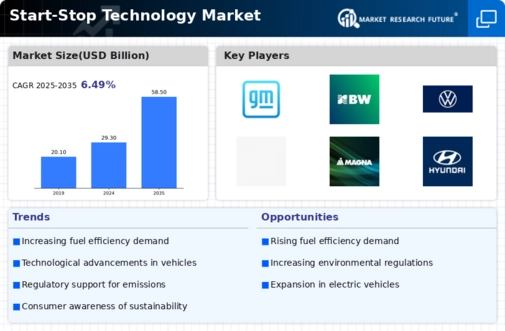
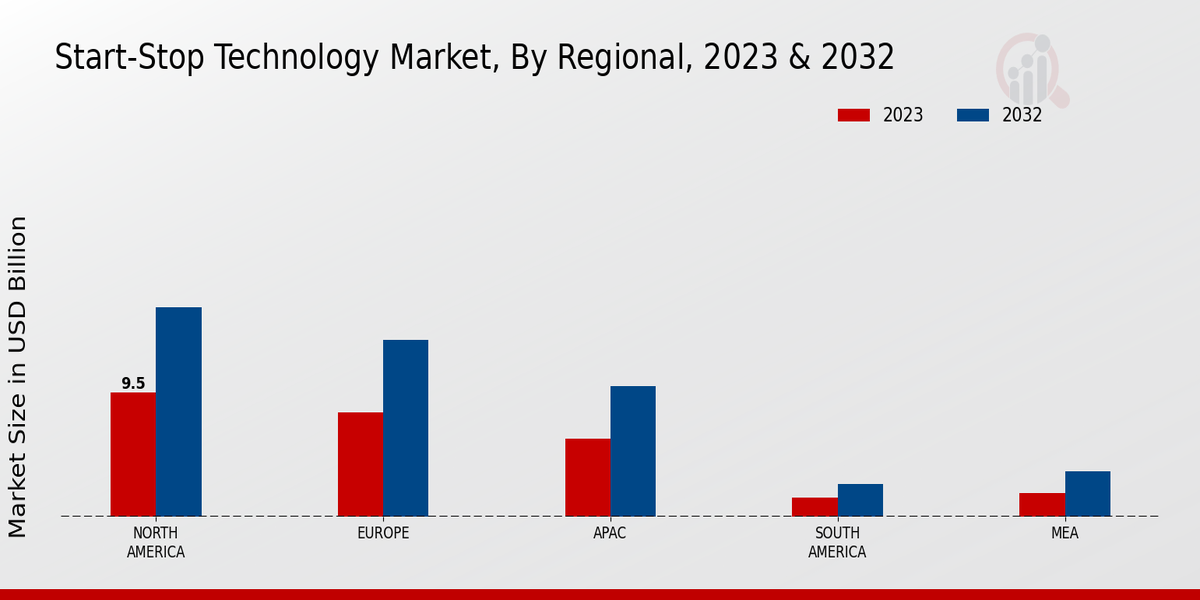
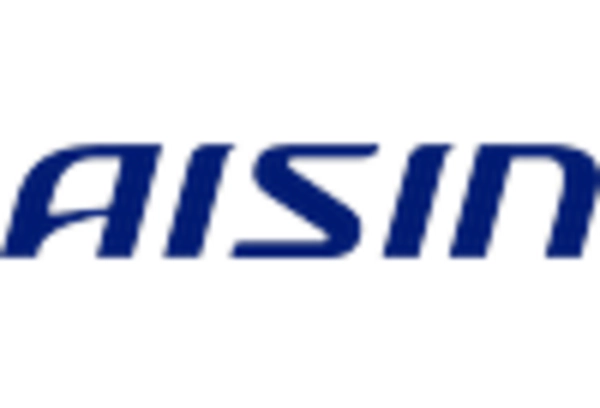

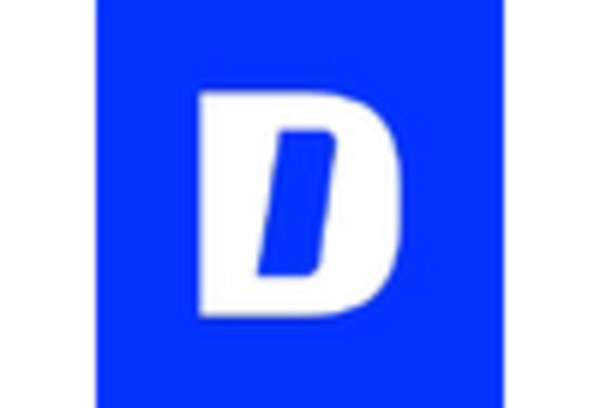

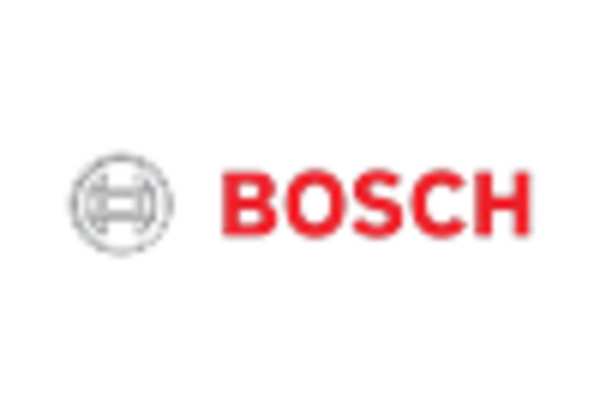
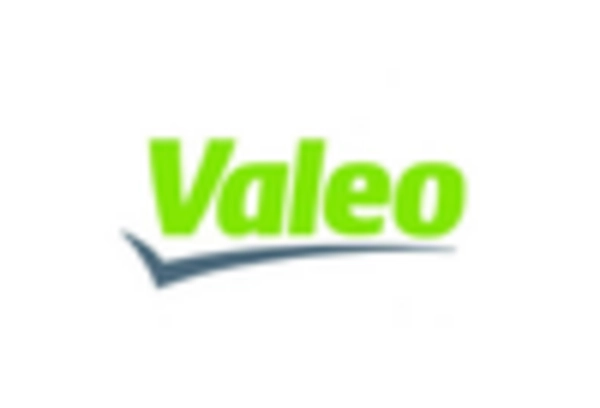








Leave a Comment